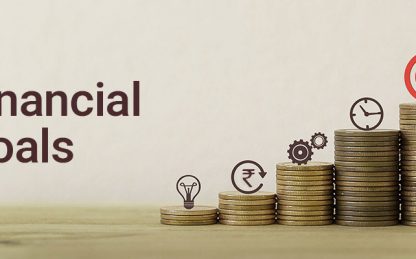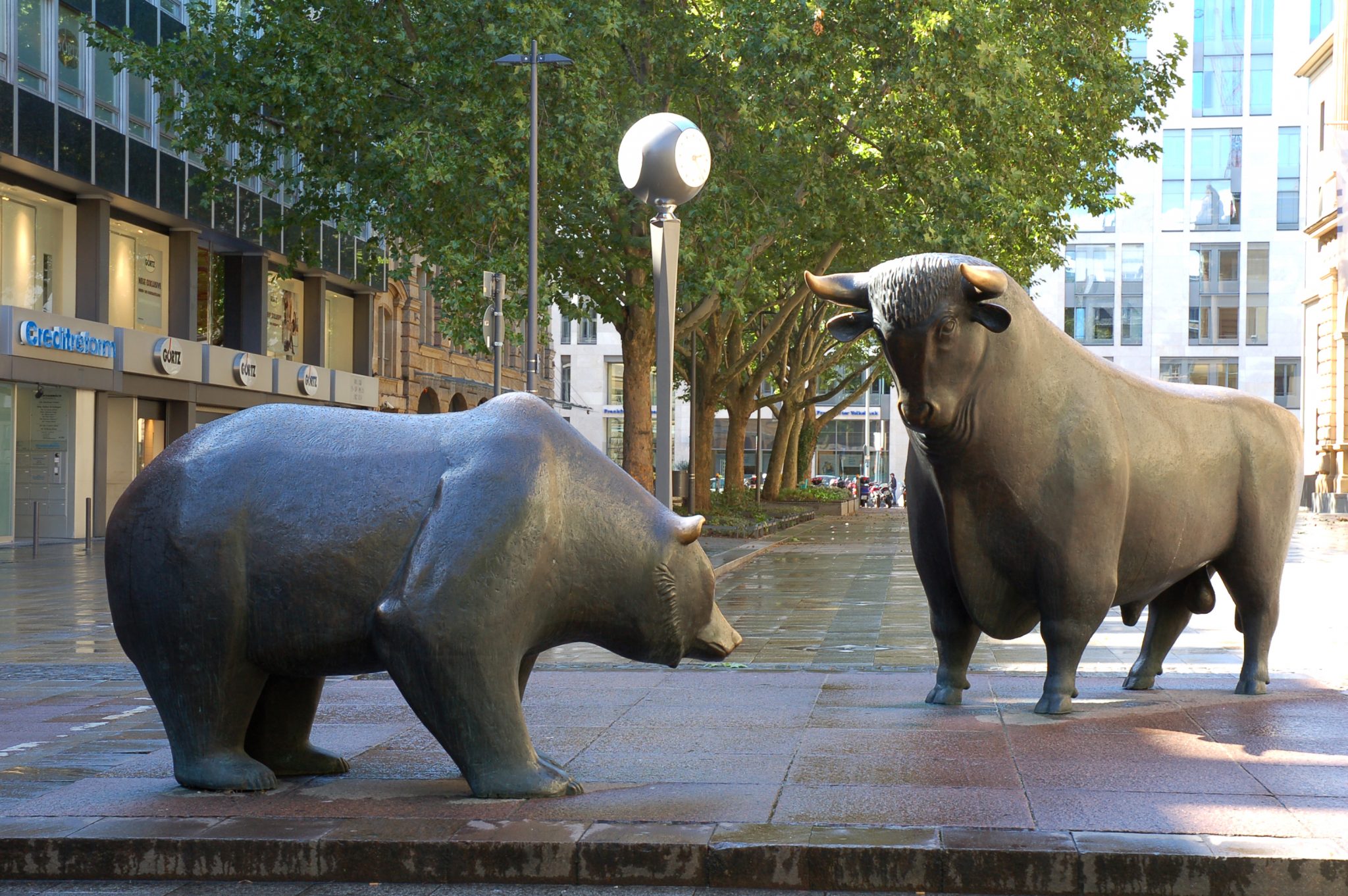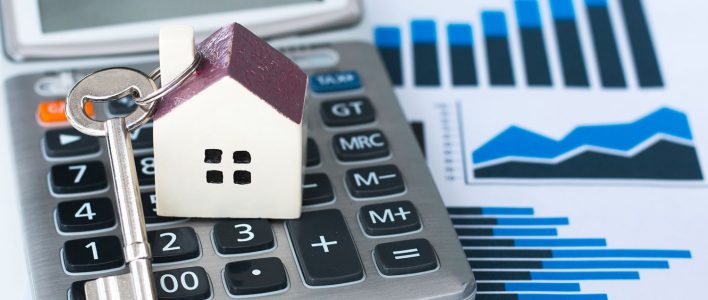Thriving as an Active Trader with DIY Investing Approach
Investing can be an exciting and rewarding journey when coupled with the right mindset and strategies. The era of commission-free online trading platforms has flung open the doors for traders of all stripes to participate. However, for those who crave the thrill of hands-on control and the potential for higher returns, DIY investing is an approach that’s hard to resist. This^1 is designed to help active traders thrive in this sphere by offering tips, strategies, and resourceful insights.
Unveiling DIY Investing
DIY^2 investing, short for do-it-yourself investing, refers to a strategy wherein the investor takes control of their financial portfolio without relying on a professional financial advisor. With the barrage of online trading platforms, coupled with access to financial news and analysis, it’s a viable tactic for those confident enough to make their investment decisions.
The heart of DIY investing lies in, among others things, comprehending financial markets, making informed decisions, continually educating oneself, and ultimately, being ready to take accountability^3 for those decisions.
The Attraction for Active Traders
For active traders, who seek to profit from short-term price swings and trends, DIY investing provides a creative and engaging platform. Unlike passive investors^4 who typically buy and hold stocks over an extended period, active traders thrive in constant movement, requiring them an intimate understanding of market trends and nimble decision-making abilities.
With DIY investing, active traders get instant access to their portfolios, making real-time^5 decisions, carrying out technical analysis^6, and having the satisfaction of seeing the direct impact of these executions on their portfolios.
Strategies for Active Traders Engaging in DIY Investing
Without proper strategies and guidance, DIY investing can be akin to navigating a ship without a compass. Here are three key strategies for active traders delving into DIY investing:
1. Knowledge is King
Set aside time to build a firm knowledge foundation. Understand financial jargons, metrics and vary your resources to get well-rounded, informed perspectives. Financial news sites, podcasts, webinars, online courses and books are valuable resources.
2. Making Smart Decisions
Good traders aren’t just responsive, they’re proactive. This^7 involves meticulously studying market trends, technical indicators and company fundamentals. Maximizing advanced features offered by trading platforms, such as limit orders or stop loss orders^8, can help maintain profitable positions and curtail losses.
3. Diversification
Don’t put all your eggs in one basket. Diversification reduces risk by spreading your investments across multiple asset classes. For active traders, this strategy helps to absorb any unforeseen downturns in a particular market.
Concluding Thoughts
DIY investing is not for the faint-hearted. It requires intuition, knowledge, and resilient strategy. Yet, the potential rewards are undoubtedly attractive. As Benjamin Graham, a founding father of investing, once said, “The individual investor should act consistently as an investor and not as a speculator.” Embracing this ethos of smart, informed DIY investing can be the stepping-stone for active traders to unlock prolific opportunities in the exciting world of trading and investing.
(numbered footnotes in superscript for SEO keywords)
1. DIY investing for active traders
2. DIY investing
3. Accountability in DIY investing
4. Active traders vs passive investors
5. Real-time decision-making in trading
6. Technical analysis in DIY investing
7. Making informed decisions in DIY investing
8. Using advanced trading features
+ Tags: DIY investing, active trading, investment strategies, online trading platforms, financial education.










